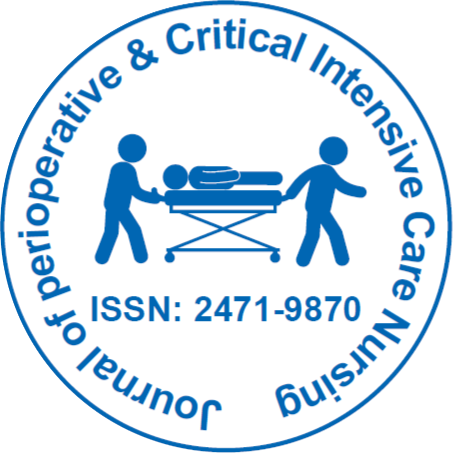
Journal of Perioperative & Critical Intensive Care Nursing
Open Access
ISSN: 2471-9870
+44-77-2385-9429

ISSN: 2471-9870
+44-77-2385-9429
Bram Thiel1*, Roos A Kraima, Siem Klok, Rutger M Schrier and Marc B Godfried
Background: Today’s hospital care shows an increase in therapeutic and diagnostic procedures performed outside the operating room under procedural sedation, rather than in the operating room. Yet, despite this shift in attitudes, there is evident paucity of studies examining the nature of the interventions performed under procedural sedation. The primary objective of this study was the identification of interventions performed under sedation outside the operating room, focusing on those associated with hypoxemia below SpO2 90%.
Methods: From January the 1st 2011 up to December the 31st 2013, 2,328 diagnostic procedures in the outpatient setting of a general hospital were retrospectively analysed for hypoxemia with SpO2 below 90% and below 85% for at least one minute and SpO2 below 90% over 2 min. The assessed interventions were classified as endobronchial, in airway, and not in airway interventions. Absolute risk differences in desaturation among the three groups were calculated using the Wilson procedure.
Results: Endobronchial procedures were statistically significant associated with a higher prevalence of hypoxemia compared to the other two interventions. The absolute risk difference with the in-airway group and not-inairway group was 20.2% (95%CI 13.0 to 27.9) and 21.3% (95% 14.0 to 29.2), respectively. The difference remained significant after correction for confounding by two established risk factors, BMI and ASA classification.
Conclusion: Endobronchial procedures were associated with significantly more frequent and longer periods of hypoxemia. Thus, it can be concluded that, during procedural sedation, the type of invasive procedure is an important factor in estimating the a priori risk of hypoxemia.